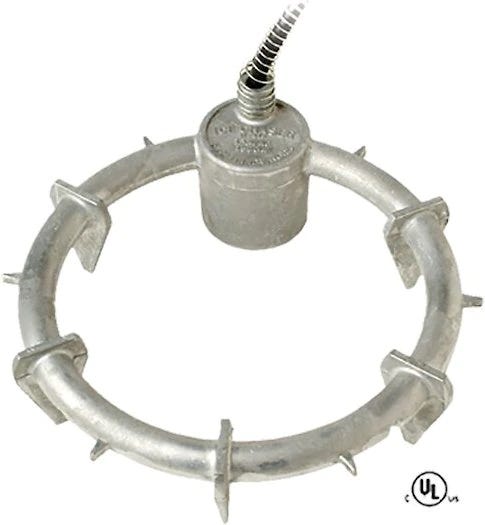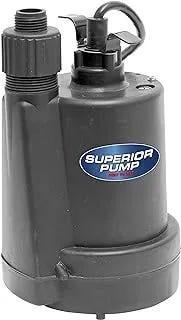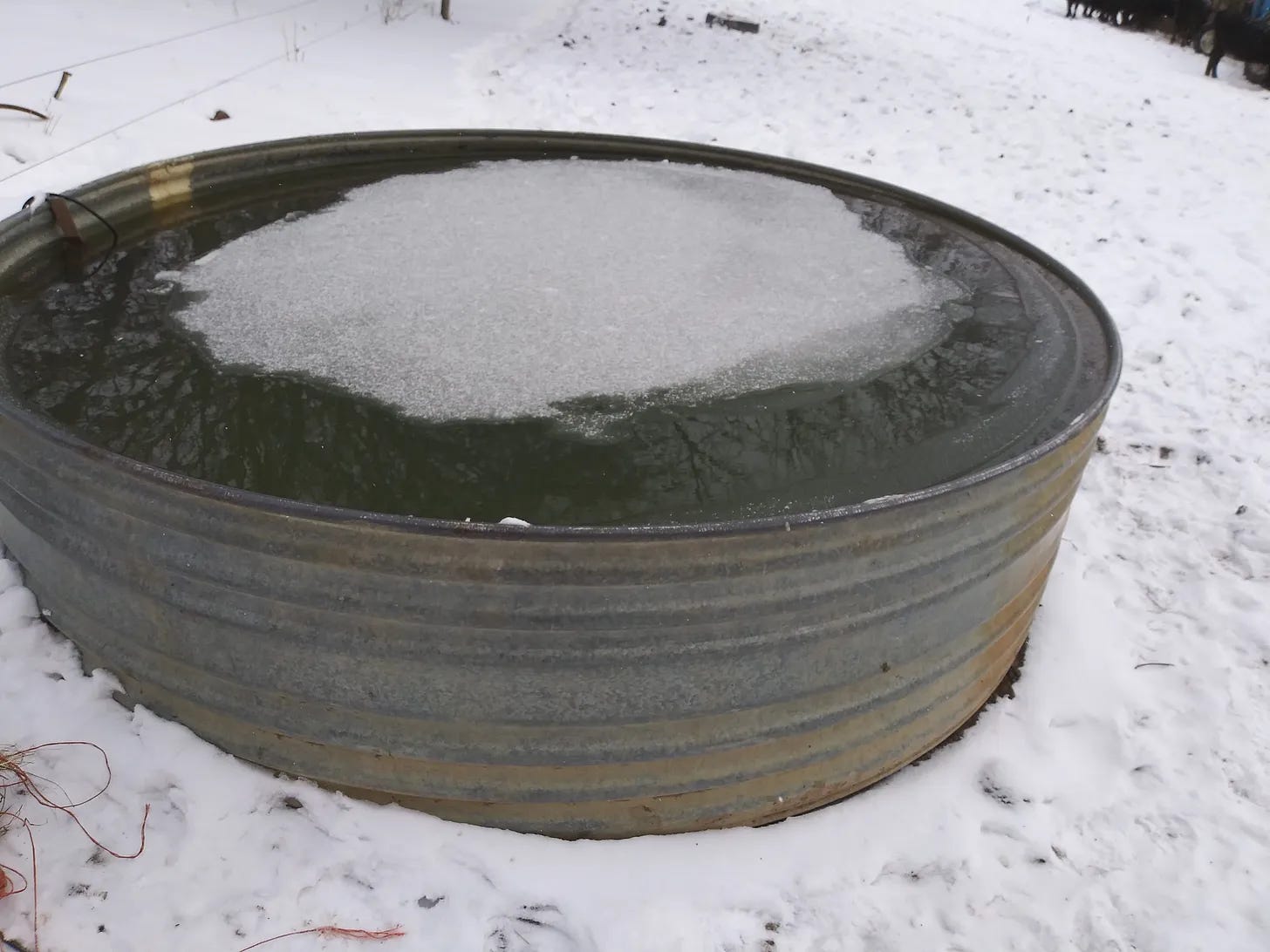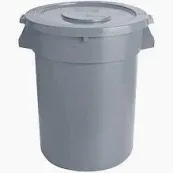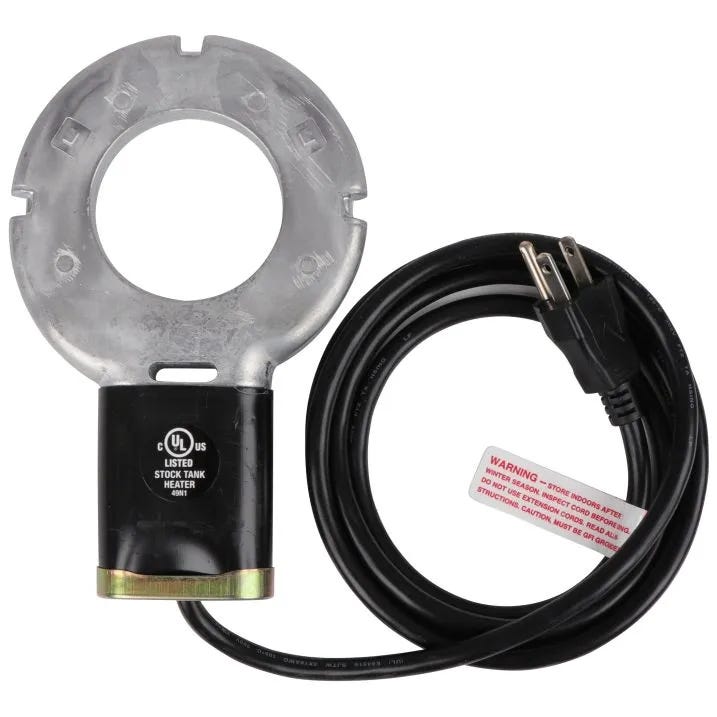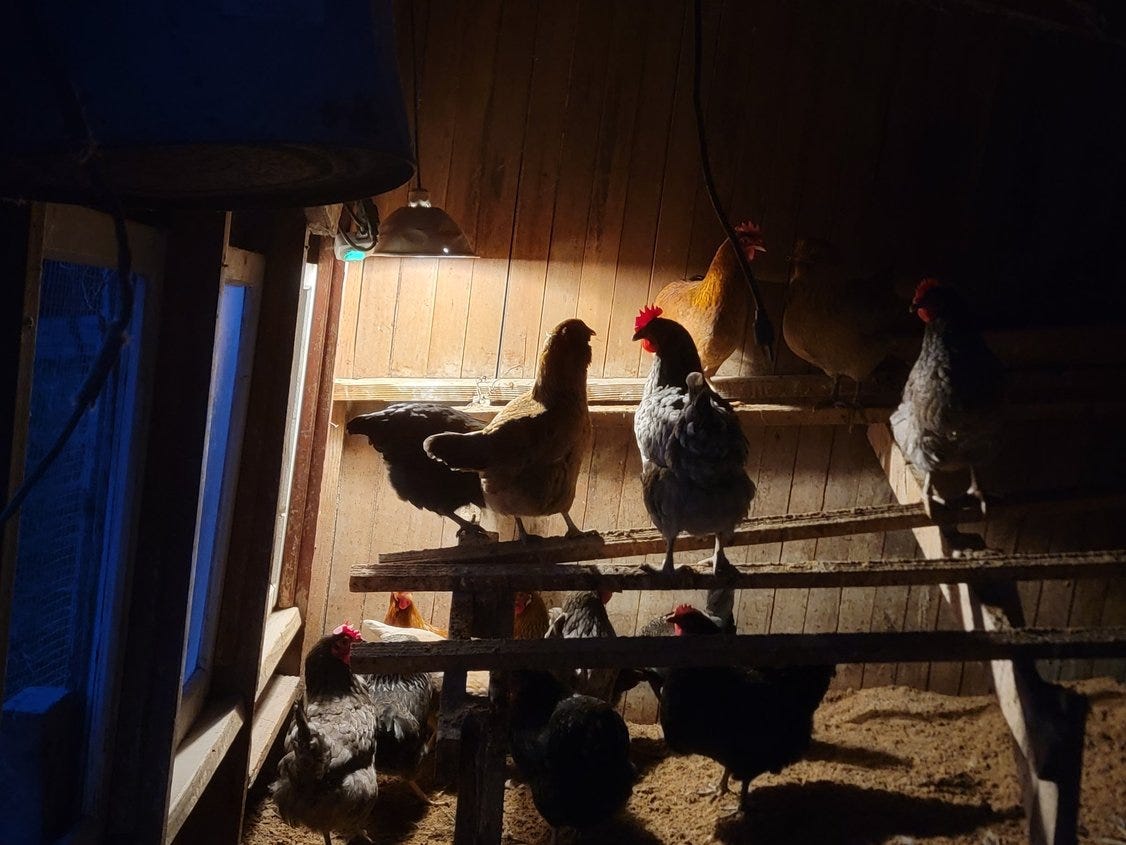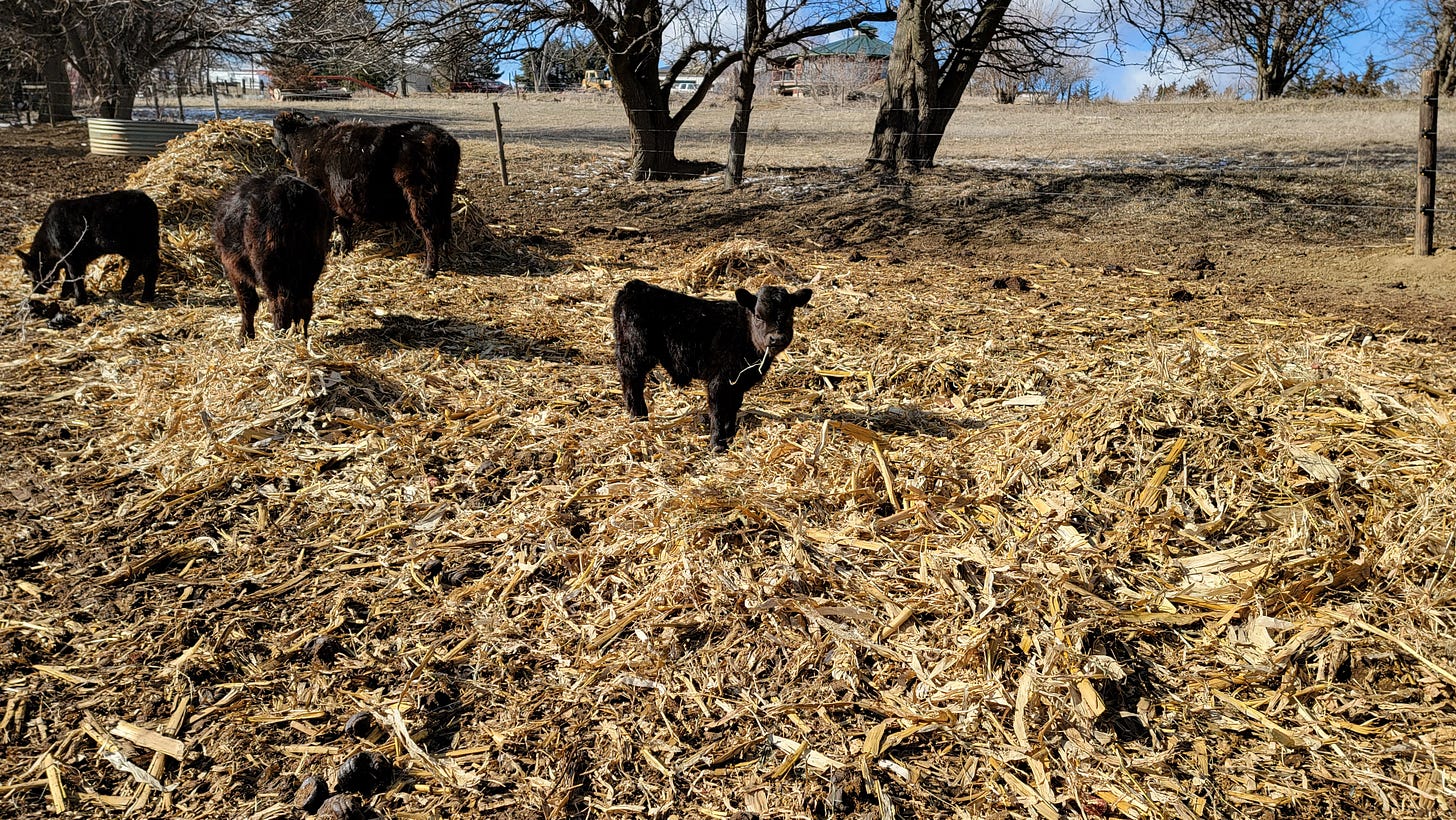What's happening at the farm to keep the animals watered during these near zero temperatures.
While not as active as summer, it consumes just as much if not more time. The cold makes everything slower, my diesel tractors are harder to start, if they start at all. They are older tractors - pre computer so they require either anti gel be put in the fuel and my cabbed tractor require a mix of #1 diesel and #2, below 10 and its either straight up #1 or at best 75% #1 / 25% number #2. The pumps are not as strong nor do they have tank heaters. It can take days to thaw one out if it gels up. All that wax must be melted. Not an easy task out in the wind. I had to take fiberglass batts, wrap them around the engine and run power to the tractor for as much a s7 days to get things to even try starting. The other tractor with no cab will work with the anti gel so that ‘s a plus. #1 is getting very hard to find. I have to drive 30 miles to get #1 in the winter.
They both need to be plugged in, the engine heaters are electricity hogs but at least the tractors will start. Things break more easily - or so it seems. When they break of course its out feeding int he fields so if you’re lucky you can limp it back to wear we can work on it or some times we’ve had to haul the tools out to the field and repair. Neither is a walk in the park when its 10 degrees and a 20-30 mph winds. Snow makes it wet and harder. Fortunately we are down to starting tractors 2 days a week - we put out enough hay for 3-4 days. All we have to do then is do cattle health checks and check water.
Water is another story. Their are no great solutions, only less worse.
I used these for years.
They worked pretty well. I could get enough wood in them to make the water warm enough to bathe in but it took time, 24 hours later ice was a couple inches thick and eventually they’d get worn out.
I used various electric heaters though out the years. Many variations. A couple seasons and they’d give out. The problems were: the water would stay open - above the heater the rest of the tank would ice over. The civility of cattle trying to drink does not exist and for 20-30 head to drink out of a bucket size hole just was a hot mess.
Then the electric bill would come Oh my, - any profit you hoped to make on cattle were going to the electric company. $3.60 a day just to heat water, $30 - $40 a day for hay plus corn if I had cattle on feed and it turns into a money pit fairly quick.
Their are propane heaters also, never used one as once I figured out the cost of the heater and the propane it starts looking like the national debt.
I used an waste oil heater for 1 winter, While oil was free the heater I had just would not keep up, the oil had to be thinned with diesel fuel and the chance of spilling onto the ground or in the tank just made it a simple decision to not use them.
The best system I have come up with is a sump pump. Yep like the one in peoples basement.
Depending on tank size I use 1/4 to 1/3 hp sumps. Their are 746 watts in a horsepower. So 186 watts to 249 watts. So they are cheap to run around the clock. Electricity is sold buy the kilowatt hour - 1000 watts = a kilowatt. Electricity here is around 0.15 per kw so the cost is around .67 per day vs $3.00 for the 1/3 hp pump. These pumps will keep the water open until the temps start reaching zero. Once its that cold physics wins. Running water starts to freeze. The 1/3 HP pump pumps 1800 gallons per hour, so its pretty turbulent in a 1100 gallon tank. Which is what you want.
This is from last winter. 10 degrees and -25 to -35 wind chills during the day when this was taken, and it got down to -20 with 40-50 mph winds at night. Yes their was a thin film of ice - around 1/2” to 1” but the water was still circulating below the ice.
Cattle - all animals require water to regulate their body heat and systems. So around the clock water is essential. When it get s below 0 I run out in the morning before work and open the tanks up.
Chickens are a little different. Of course they do not require 15-20 gallons per head per day, and I can get their water inside the coop and their body heat helps keep the things warmer than outside.
I’ve used those chicken pail heater, as long as its 25 degrees+ they work fine. After that forget it, and they do not even last a season. Very frustrating until I came up with the below.
For my chickens and when I have turkeys I use a 30 gallon garbage tub with nipple waterers and a 300-500 watt electric heater that has a thermostat on it so it only heats when needed. I have yet to see these freeze.
I will say its far easier now than in the past. My son now helps so that helps more than one would think. I let him drive the tractor and I open gates shoosh cattle, tip up feeders and tip back down. It was difficult and time consuming to do all that myself as the cattle always were in the way and at best you’d have to creep to avoid running them over, and dropping a bale on them. Now one of us gets in front and herds them away.
We also do alot more work in the dark, which makes it orders of magnitude dangerous and harder. While we have good lights their is nothing like sunlight.
Just some random pictures and videos of a day on the farm.
One thing I have noticed, cattle seem to know when you are taking their picture, they just stand a pose.
We unroll as much hay as we can. If the ground is frozen we usually roll out hay. The cattle spread the manure without us doing it mechanically. They do a better job and any hay they soil builds the soil. Each bale of hay has around $20-$30 dollar worth the fertilizer if you just spread it out. Once you consider the dynamic action / symbiotic relationship of the cattle eating, digesting, the hoof action breaking the hay up its worth far more. This farm when I purchased it could not take a 1/4” of rain without tiny gullies forming. Since I purchased it now can take a 3-4” rain and not wash out. Between the farming practices I used when row cropping and now the cattle pasturing techniques it has made a world of difference.
These miniature cattle are perfect for small acreages. 5 acres will support a pair if properly divided and they are moved every day or two. They are gentle, easy to handle so even novices and children can work them.





